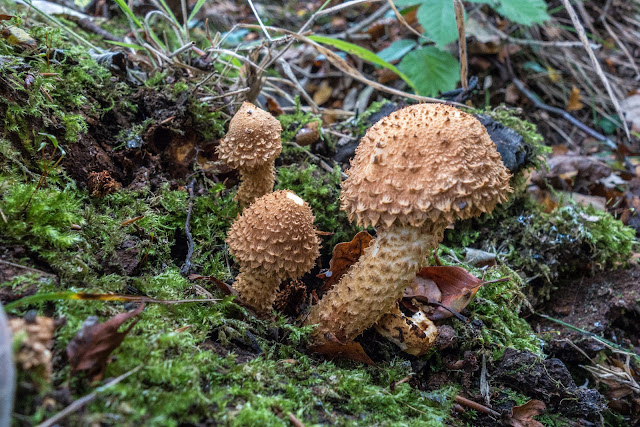Minsmere Nature Reserve

We have not visited Minsmere for quite a long period, so today a visit is planned! Not the most successful day as far as photographs are concerned, but very enjoyable. It's a great place just to stroll You can't help but see something. This Swallow was sitting on a direction post to a hide, which I thought was rather funny. After all, if you were in the hide you couldn't see him! Some great Parasol fungi to be seen - I loved the overhead view of this one because of its patterns. And how about this for camouflage! very difficult to spot as it alighted onto the path. It is a Grayling butterfly. Widespread on coast of Britain and Ireland and on heathland in southern Britain. Rests with wings closed. Underwing mottled-brown. Appears larger in flight when pale yellow-orange bands can be seen. Cryptic colouring provides the Grayling with excellent camouflage, making it difficult to see when at rest on bare ground, tree trunks, or stones. Th...




